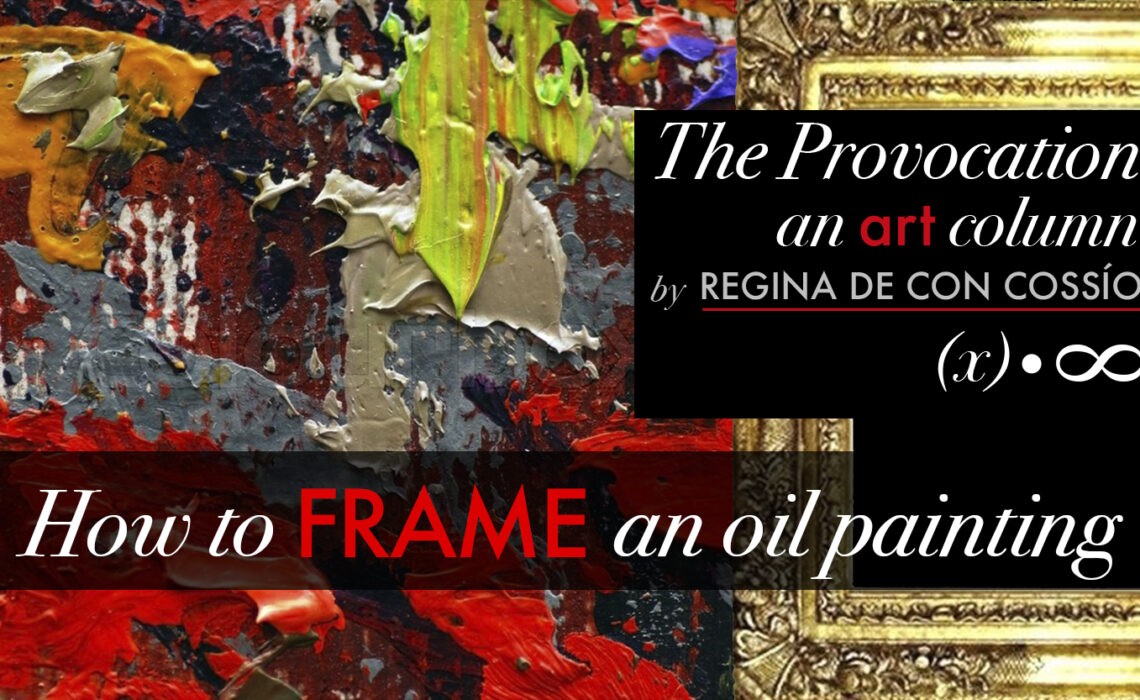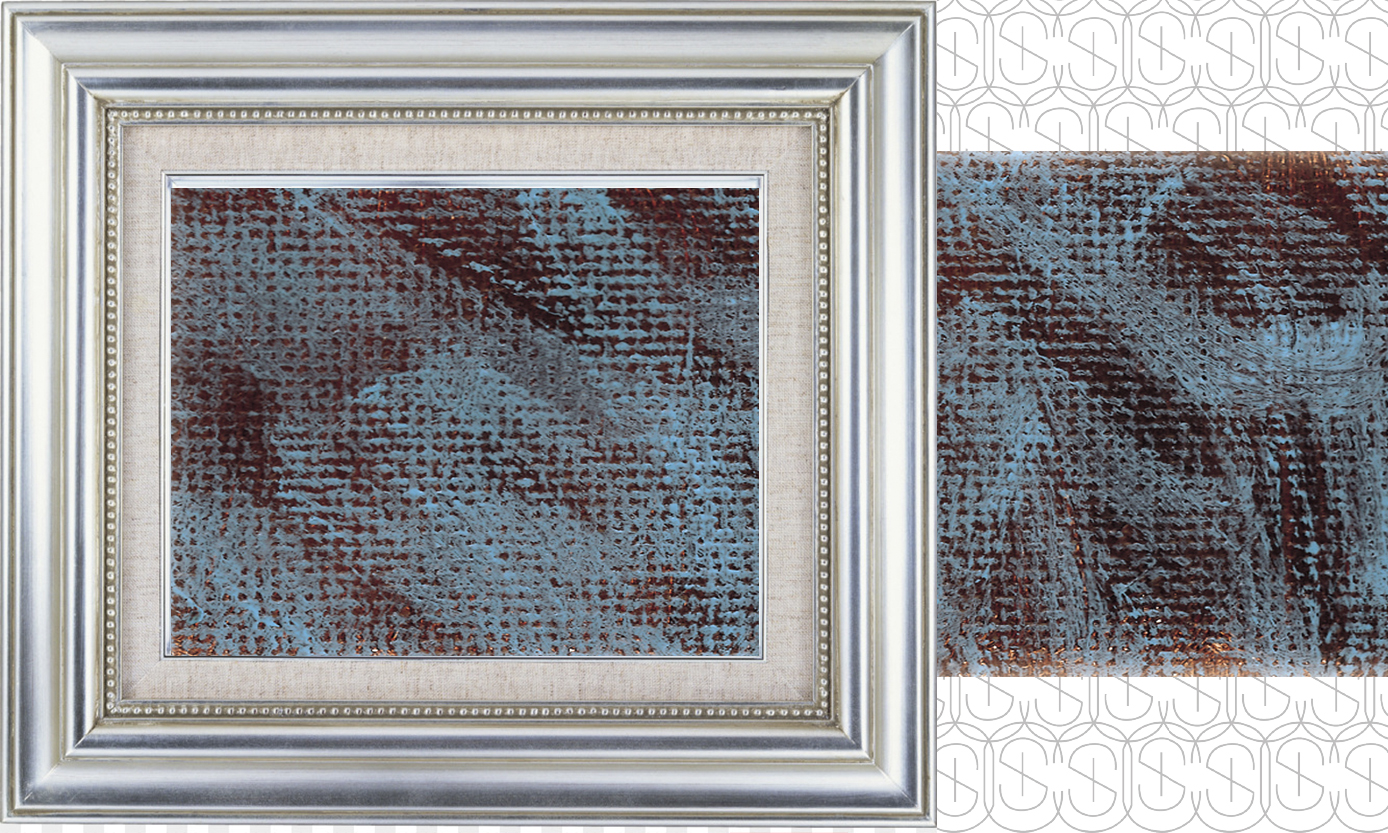
How to Frame an Oil Painting
From time to time, art will be sold in a “raw” form, without a method to display it. There are some who will hang works on their canvases, but an oil painting truly shines when framed. You may have found the “perfect” oil painting for your display location and collection, but without a frame, it seems unfinished. To best accentuate your fine art, choose a frame which suits the style of the artwork as well as your taste. However, framing fine art like an oil painting is more than purchasing a ready-made piece from a craft store. Whether you choose to tackle this task on your own or hire a professional, here is a guide for framing oil paintings.
WHY FRAME AN OIL PAINTING?
There are several reasons why framing an oil painting is important, including:
- Preservation of the works. After you have invested in a work of art, you want to enjoy it for years to come. A frame protects your art.
- Complement the work itself. With hundreds, if not thousands, of options available, you can find frames which enhance the oil painting, drawing attention to the subject.
- Protect the painting during shipping or storage. Canvas works are susceptible to stretching, twisting, and puncture. A frame can strengthen the work, allowing you to ship it safely or put it in storage, if necessary, for extended periods of time.
SELECTION
One unique trait of oil paintings is the delicacy of the paint itself. Oil paint dries slowly (due to oxidation), and if painted thick enough, can take years to dry. Therefore, glass is not usually recommended in framing. Additionally, the dimensional qualities of oil painting are to be accentuated and not hidden behind glass. However, oil paintings due allow for flexibility in framing choices and have been adorned a wide variety of frames, including heavy, ornate wood frames which would overpower other works of art.
MEASURING THE ARTWORK – MATTING
If a mat would benefit your artwork (like a spotlight), you will need to choose the width of the mat, the cut of the inside edge, and even the color. Most oil paintings are not matted, but if you are framing a work which doesn’t fill the entire canvas, you may find that a mat focuses the eye on the work.
THE LABOR OF FRAMING
Place the frame on a clean, padded surface, verify the width and depth of the rabbet (the recess where the work will rest), and be sure to allow a tiny bit of space (between 1/8 to 1/ 4 inch) between the artwork and the frame for “breathing.” You may modify the rabbet with hand tools if necessary.
Pad the frame to protect the canvas, making sure that there is no paint touching the padding or the frame, which can damage the work over time. Foam strips or thick cloth ribbon are good for this, but ensure they cannot be seen when the work is displayed and adhere to the frame along the entire surface. Edge strips are another layer of protection for the artwork, especially when there is impasto around the edges. Backing boards serve several purposes: both to protect the back of the artwork from damage and debris with a secure seal, and to offer a firm, flat surface for hanging hardware. Boards made from plastic, hardboard, and plywood (for smaller works) are all suitable for this.
HARDWARE IN THE FRAMING PROCESS
Now that you have a frame suitable for your artwork, you need to attach the painting to the frame and add hardware for hanging. There are two types of clips for attaching the canvas to frames; both spring clips and offset clips are appropriate. Both are screwed to the frame and clip over the back of the canvas. For hanging, D-rings are KING. The advantage of D-rings is that they can be attached to the frame and then hung on a picture hook rated for the appropriate weight of your artwork, placed securely in the wall. The hardware is never applied to the canvas, protecting it from damage and allowing you to replace the frame if you later choose.
VOILA! YOUR ARTWORK IS READY FOR DISPLAY
So, there you have it, framing your oil paintings in a nutshell. If you are handy and have a frame which fits your painting, you may find that you can take on this task on your own. If this seems daunting, look for a framing expert to guide you through the process or simply frame your artwork for you.
Sybaris Collection is here to assist you in your journey to building your art collection. Consider the experts with our custom framing service; we can help you choose the perfect frame for your work, whether it be a new addition or a new face for your current pieces of art.




